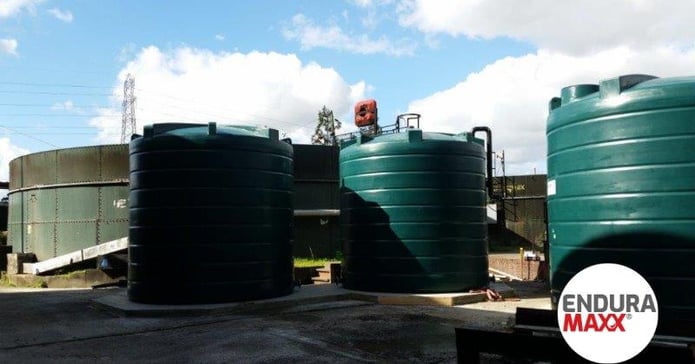The methods of sludge treatment & disposal in the treatment of sludge is a key element of wastewater treatment. The type of sludge varies according to its source. The process involves the conversion of suspended organic matter and particles into a heavier sludge that can be stored and removed, the treated water can also be siphoned off and further purified and recycled.
What are the processes of sludge treatment?
Sludge treatment can include thickening, digestion, and dewatering processes. The quality of the sludge produced can be measure by the % of dry solids (the DS). This is 100% minus the percentage of the water content. The higher the DS the less water remains in the sludge.
The other quality reflects the degradable organic matter – usually measured by the chemical oxygen demand (COD).
Primary sludge results from sedimentation, precipitation, flocculation, and chemical dosing. Secondary sludge results from biological treatments and is the activated waste biomass.
The sludge can be a useful source of nitrogen, phosphorus, and organic matter.
4 Types of water in effluent sludge?
- Free, unbound water and can be separated by mechanical removal., thickening and dewatering. This usually makes up about 70% of the wastewater.
- Interstitial water is the water held by capillary attraction flocs. When the flocs are fragmented, this water is released. Centrifugation is one process that might be used for this.
- Surface or vicinal water is that water bound to the surface of the particle by hydrogen bonds. Mechanical means will not shift this water.
- Intracellular water is that found within the microorganism and can only be released by destroying the particles by heat, extracting the water as steam.
What are the common sources of sludge?
There are many sources of wastewater producing sludge – here are some of them:
- Household wastewater
- Sewage
- Industrial wastewater
- Agriculture
- Food and drink industries
- Bakeries
- Dairies
Why is sludge dewatering necessary?
Dewatering is the process of reducing the volume of the sludge by removing the water content. There are many ways to do this as set out below:
- Dissolved air flotation (DAF) removes suspended matter like solids or oil and clarifies the water.
- Flocculation causes small particles to clump together for easy removal.
- Dosing of chemical treatments.
- Skimming of fats from water.
- Ph correction. Acidic and alkali waters are brought to a near-neutral pH of around 7.
And, of course, the effluent must be stored, and mixer/treatment tanks provided for all the stages of treatment.

How is effluent sludge stored in tanks?
We have a huge range of tanks suitable for all stages of the treatment and storage of sludge. Depending on the methods of sludge treatment & disposal, there are tanks for effluent and food waste, for sludge balance and buffer holding. We have conical and flat-bottomed tanks and tanks to suit specific requirements. You can see our range here – but do ring us for further information on 01778 562810.
enduramaxx.marketing
Related Posts
What Is A Sludge Holding Tank; Why Are They Used?
A sludge holding tanks is needed to store sludge from whatever source. The sludges can be primary...
Wastewater & Sludge Tanks in Dairy Processing
Wastewater & Sludge Tanks in dairy processing generally includes sludge tanks and clarification...
Effluent Sludge Storage Tanks, Why They Are Used In Water Treatment
Enduramaxx manufactures effluent sludge storage tanks for the treatment of sludge in wastewater...

